 At work we have two career tracks: management and individual contributor (IC). It’s a pretty nice setup because you can switch back and forth at will, and the compensation is the same on both tracks. So theoretically you can be an IC that makes as much money as the CEO. You can decide whether your definition of success means climbing the management ladder or becoming a technology expert.
At work we have two career tracks: management and individual contributor (IC). It’s a pretty nice setup because you can switch back and forth at will, and the compensation is the same on both tracks. So theoretically you can be an IC that makes as much money as the CEO. You can decide whether your definition of success means climbing the management ladder or becoming a technology expert.
I started my career here as an IC and then moved into the management track about two years later. Now, six years after that, I’m bouncing back over to the IC track. It’s a change that I’ve been pondering for a while, and I jumped on a good opportunity when it appeared. This is really the first big voluntary change that I’ve made at this company so there is a bit of trepidation, but overall, I’m not going that far. I’ll still be working on the Power BI offering, but I won’t be as specifically involved with Power Query. My new role focuses around helping each of the Power BI teams give the best customer experience possible, specifically by giving them the data they need to react to issues with the service and tracking overall metrics to report our service health and usage. It gets me into a lot of big data, data scientist work. It’s new to me, but that’s what keeps work interesting and challenging.

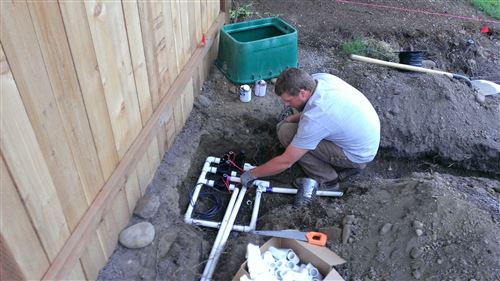
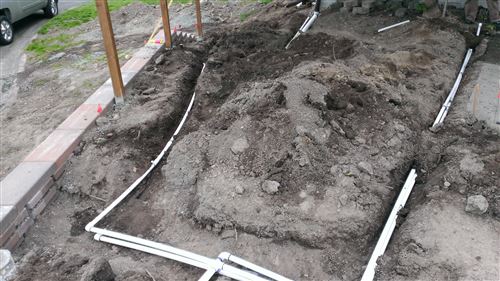
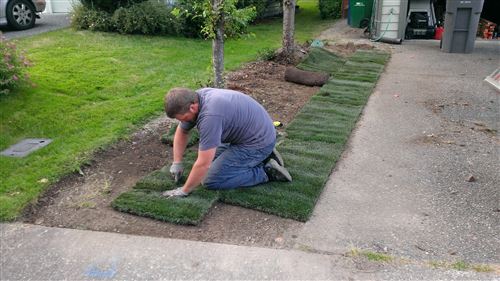
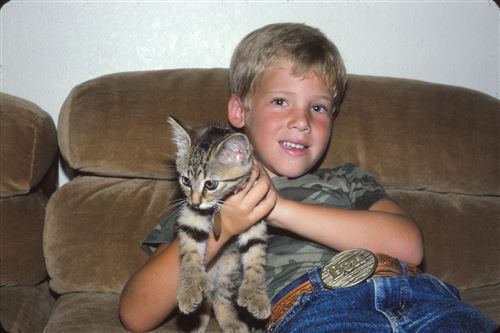
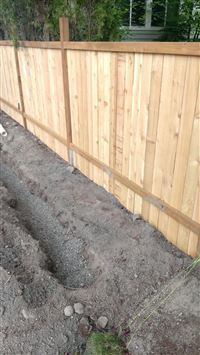 I am far from an expert on fence building so after reading a bunch of articles on the web and enlisting some help, I built one wall of my fence before starting on the rest of it. This turned out to be a good decision because I could make all my mistakes on a smaller scale and then move more quickly on the rest of the fence. Here are some of the tips I picked up along the way:
I am far from an expert on fence building so after reading a bunch of articles on the web and enlisting some help, I built one wall of my fence before starting on the rest of it. This turned out to be a good decision because I could make all my mistakes on a smaller scale and then move more quickly on the rest of the fence. Here are some of the tips I picked up along the way: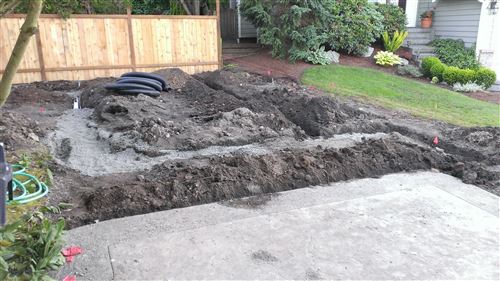
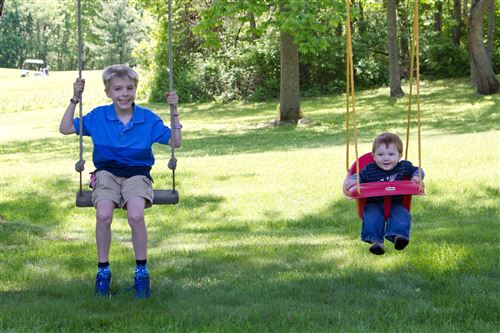


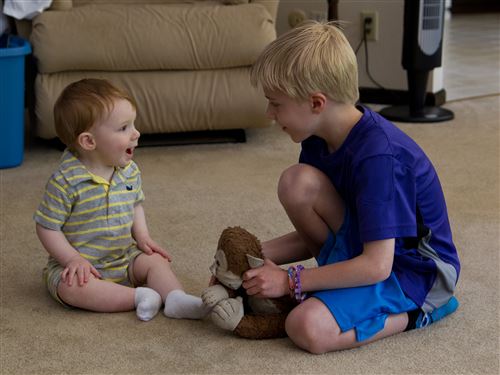
 While very often I believe that “done is better than perfect”, trap shooting is not one of those times. Don, Logan and I headed to the range for the first time in about nine months. I generally hit around 18-20 out of 25 and my best round ever was 23. I thought I’d be pretty rusty, but on my first round I just kept hitting them. I was able to stay pretty calm until I got to the last position of 5 clays. 20 in a row. Wow. Just a few more. As I hit, one, two, three, and then four of them my nerves really started to take over. I had 24 in a row, already setting a personal best, and I was now one trigger pull away from the elusive perfect round. It’s not as difficult as bowling a 300, but it’s still pretty rare. You get a badge from the gun range and the envy of your fellow shooters. All those thoughts were swirling through my head. I tried to clear them out, take some deep breaths, focus on just one more shot like I had been doing all morning. I called “PULL!”, the clay flew out and I thought “Oh good, an easy one!” I moved the gun along the flight path pulled the trigger and… instantly knew it was wrong. I’m pretty sure I led it too much and the clay sailed to the ground unharmed. 24 out of 25. A great score, but it was obvious to everyone that I choked under the pressure.
While very often I believe that “done is better than perfect”, trap shooting is not one of those times. Don, Logan and I headed to the range for the first time in about nine months. I generally hit around 18-20 out of 25 and my best round ever was 23. I thought I’d be pretty rusty, but on my first round I just kept hitting them. I was able to stay pretty calm until I got to the last position of 5 clays. 20 in a row. Wow. Just a few more. As I hit, one, two, three, and then four of them my nerves really started to take over. I had 24 in a row, already setting a personal best, and I was now one trigger pull away from the elusive perfect round. It’s not as difficult as bowling a 300, but it’s still pretty rare. You get a badge from the gun range and the envy of your fellow shooters. All those thoughts were swirling through my head. I tried to clear them out, take some deep breaths, focus on just one more shot like I had been doing all morning. I called “PULL!”, the clay flew out and I thought “Oh good, an easy one!” I moved the gun along the flight path pulled the trigger and… instantly knew it was wrong. I’m pretty sure I led it too much and the clay sailed to the ground unharmed. 24 out of 25. A great score, but it was obvious to everyone that I choked under the pressure.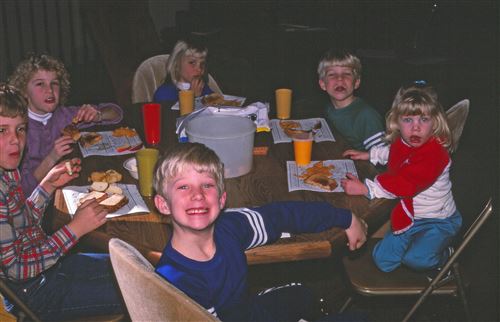
The Price Of Legos
Now that we’ve got that out of the way, let’s talk about the price of Lego pieces (see what I did there?) There are entire websites devoted to the economics of Lego sets. One good example is brickpicker.com. There are also some great breakdowns of the average price per piece by year and also by Lego genre. My parents will notice that when they were buying me lots of Legos, prices were coming down from their peak of $0.40/piece. Note that these numbers DO account for inflation. Today, a good rule of thumb is $0.10/piece is a good deal. Some sets can still be quite a bit more than this.
When you’re buying used Legos at a garage sale or thrift store, it’s probably easier to think in terms of weight. Advice varies a bit here, but in general if you shoot for $5-7/pound, you’re getting a pretty good deal.
Tyla shops at our local thrift stores pretty regularly to find clothes and toys for Elijah. I went with her once and was excited to see a small bag of Legos for sale. Ever since then, she’s been on the lookout and has had some small scores. Last week she sent me a photo of an entire wall of bags of Legos! We had a hard time deciding how much was “too much”, but it was such a good deal, we didn’t want to miss out. She ended up grabbing twenty bags for about $75.
The total haul weighed in at 14.5 pounds which puts us at $5.17/pound. I counted out a sample of the bricks, weighed the sample and then estimated that she bought about 5500 pieces for a price of 1.4 cents/piece.
The only way this wasn’t a good deal was if Elijah doesn’t like to play with Legos. But even if that happens, we could sell this for a profit. Combined with my Legos that are still in Indiana, he’s going to have an incredible amount of building options at his fingertips!